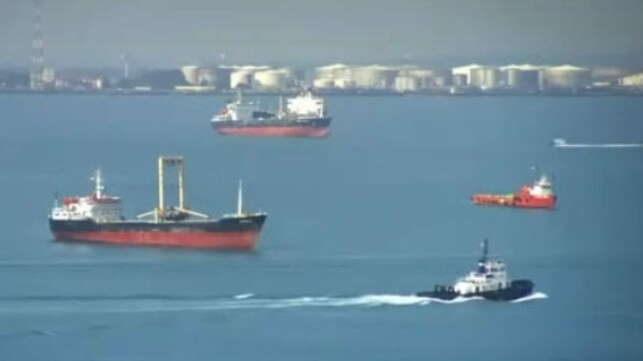Singapore Increases Fuel Testing After Tracing Recent Contamination

Singapore’s Maritime and Port Authority is increasing the testing requirements for maritime fuel sold at the port after having traced the origins of the recent contaminated bunkers distributed by two suppliers during February and March 2022. While saying that they determined all the mandated testing had been done and that the chemicals in the recent contamination, Chlorinated Organic Compounds, are rare, the MPA is now including it in its testing mandates.
Warnings over vessels experiencing problems related to fuel contamination began to surface in early March of this year with the source of the problem linked to Singapore, the world’s largest bunker market. Reports said that vessels were experiencing fuel system failures in their auxiliary engine which resulted in a loss of power, propulsion, and blackouts. The fuel system failures were resulting from the seizure of the fuel pumps and plunger as well as barrel corrosion, which the testing labs quickly determined was due to fuel contaminated with high levels of COCs.
By the time the problem was isolated, the MPA reported that it believed 200 vessels bunkering in Singapore received the contaminated fuel with about 80 ships reporting fuel pump or engine problems. Fuel testing company, Veritas Petroleum Services (VPS) provided additional details saying that it believed $120 million worth of High Sulphur Fuel Oil representing over 140,000 metrics tons had been delivered from two suppliers and 12 delivery barges between mid-February to mid-March 2022, containing chlorinated hydrocarbon contaminants of up to 2,000 ppm.
The MPA is confirming earlier reports that the fuel was supplied by Glencore Singapore, which had also sold some of the fuel in bulk to PetroChina International, which was also supplying it to vessels in Singapore. The forensic testing further traced the fuel through two suppliers, Straits Pinnacle and Unicious Energy, to the source which was loaded on a tanker at the Port of Khor Fakkan, United Arab Emirates. From the UAE they reported that fuel was shipped to floating storage facilities in Malaysia to be further blended before it was delivered to storage facilities in Singapore.
The MPA’s testing included samples from the suppliers in Singapore and back along the supply chain tracing the contamination to the tanker loaded with the fuel in the UAE. They also reported that forensic fingerprinting analysis of the fuel samples taken from the tanker matched the samples taken from several affected ships that had taken HSFO from Glencore and PetroChina.
While the international standards, which do not currently require testing for COC, were observed, the MPA is encouraging bunker buyers to request enhanced fuel testing for COC from their bunker suppliers. Effective immediately, the MPA will also include COC on the list of chemicals to be tested under its quality fuel assurance measures. The MPA and the Singapore Shipping Association are currently in discussions with the industry on measures to strengthen the quality assurance of bunkers supplied in Singapore and they are also raising this issue at the international level.
